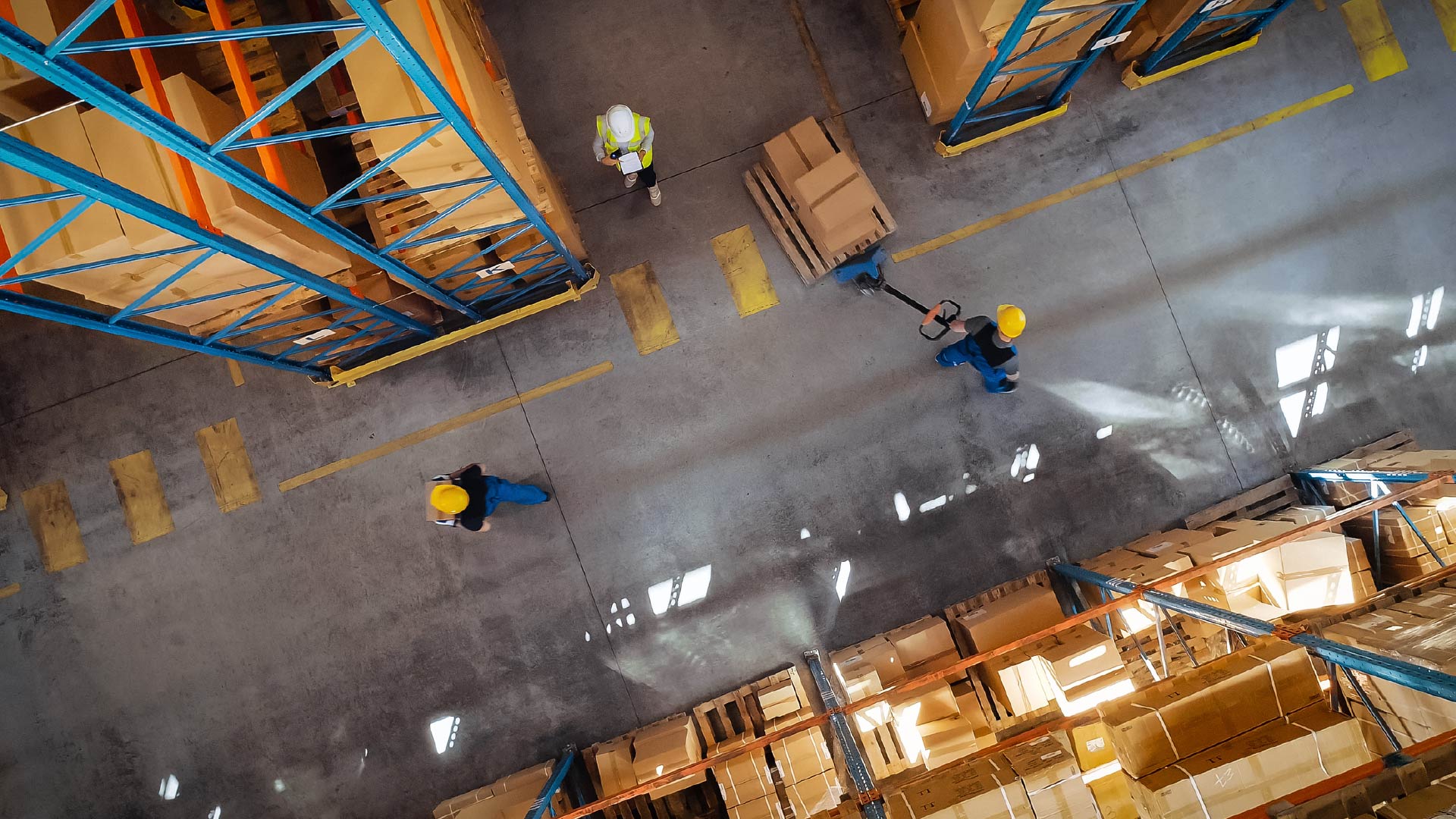Realizing The Potential Of Real-Time AI-Analysed Telematics For Fleet Operations
The transportation services industry is the backbone of the global economy. When it does not run at optimal efficiency, food does not make it to grocery stores on time and construction material arrives late to job sites. The vast and complex nature of the industry is already difficult to navigate and will only continue to be more challenging as firms deal with rising costs, labour shortages, aging fleets and outdated technology.
In 2022, the US Census Bureau conducted the Vehicle Inventory and Use Survey, collecting data on commercial truck characteristics and usage. The resulting data, published in September 2023, exposed the scale of commercial trucking, with 11.2 million Class 3-8 trucks operating on US roads. 47% of these vehicles had model years prior to 2012 and 90%lacked the telematics technology needed to collect and analyse vehicle data (driver behaviour, vehicle location, speed, braking force, fuel consumption, etc.) in real time.
With aging vehicles and limited data access, fleet managers can find it difficult to track and improve key performance metrics on fleet reliability, vehicle efficiency and driver safety. Respondents to the Verdantix 2023 operational excellence global corporate survey recognize this: 90% of transport industry decision-makers note that more real-time data on asset conditions and worker safety is important in meeting their process safety management and digitization goals.
An aging fleet is difficult to fix without massive capital expenditure, but aftermarket telematics hardware is quick to install and can be easily integrated into fleet management systems (FMS) or transportation management systems (TMS). Several vendors have given these software systems the capability to combine telematics data with real-time AI algorithms to perform critical analysis:
- Anomaly detection to predict vehicle failures.
Most of us are used to the preventative maintenance schedules of our personal vehicles: you know how often to change the oil, when to swap your brakes or when to add coolant based on the number of miles driven. However, that still does not prevent your engine from randomly overheating without any warning. Predicting these failures can improve vehicle uptime, especially at the scale of an entire fleet – whichs is where AI algorithms such as anomaly detection come in. Fleetio, a fleet management software provider, uses real-time telematics data, historical data from all connected vehicles and AI algorithms, to predict failures and suggest proactive maintenance.
- Genetic algorithms to optimize routes.
Using real-time vehicle telematics, delivery locations, weather information and road condition data, TMS vendors such as FarEye and IFS can utilize AI algorithms and machine learning to optimize routes for on-time delivery and maximum fuel efficiency. FarEye utilizes AI techniques such as genetic algorithms to generate a population of potential routes, evaluate their efficiencies and apply genetic operations like selection, crossover and mutation to evolve better routes over multiple iterations. Similarly, IFS’s AI-powered Dynamic Scheduling Engine continually searches for improvements and better service margins by implementing sophisticated models like ‘late-as-possible’ scheduling for optimal travel between assignments and depot pick-ups, which has enabled a 35% reduction in drive time for a market leader in mission-critical refrigeration and HVAC.
- Computer vision to improve driver safety.
To reduce costs associated with preventable accidents and worker’s compensation, driver behaviour data can be captured and analysed in real time with the installation of front and rear facing computer-vision-capable dash mounted cameras from vendors such as Samsara and Hexagon. Samsara combines visual data with standard vehicle telematics to detect, alert and coach for driver inattentiveness, dangerous following distances and unsafe speeds on roads. More demanding industries such as mining have introduced Hexagon’s MineProtect Operator Alertness System to continuously assess driver attentiveness and fatigue risks in real time. The integrated platform delivers audible and vibratory alerts directly to the affected driver to avert imminent accidents and features a cloud platform to continuously assess individual operators and the complete fleet, allowing for immediate intervention by supervisors.
As fleet and transportation management software vendors continue to implement and develop AI capabilities, fleet-intensive firms in logistics, manufacturing, mining and utilities can expect to leverage the power and scalability of AI to vastly improve the safety of their operations, the efficiency of their vehicles and the reliability of on-time delivery for their customers.
To learn more about corporate perspectives on industrial digital transformation, read Verdantix Global Corporate Survey 2023: Operational Excellence Budgets, Priorities And Tech Preferences.
About The Author

Josh Graessle
Senior Analyst




